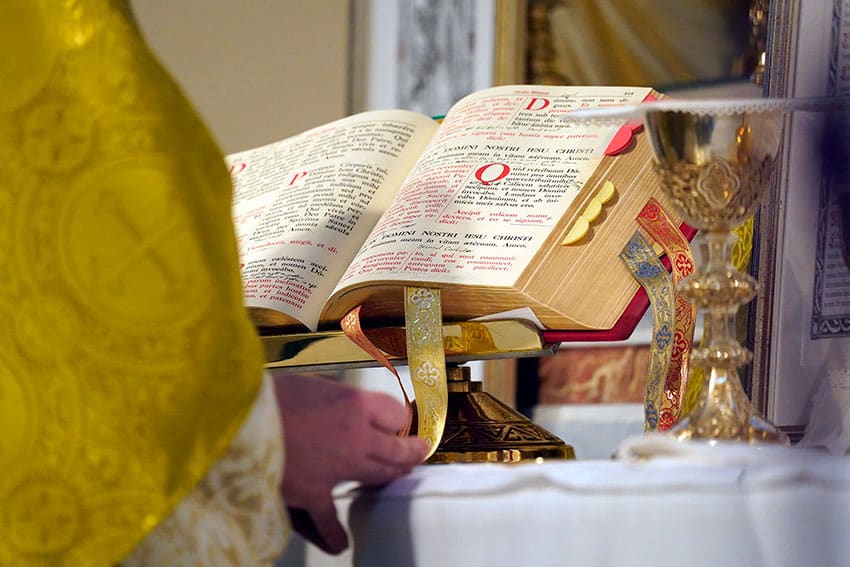
The arrival of Pope Francis’s motu proprio on the Latin Mass issued on 16 July has been greeted over this last week with some confusion and bewilderment.
Uncertainty
This is not surprising. The motu proprio, Traditionis Custodes – On the Use of the Roman Liturgy Prior to the Reform of 1970, arrived at time when over half the population of Australia is confined in strict Covid-related lockdown. A vast majority of practising Catholics here have been unable to attend any Mass or to have regular contact with the sacraments.
The state of Victoria is undergoing its fifth demanding lockdown in the last 18 months – and many ordinary parishes are still struggling to re-assemble lost congregations, to deliver any pastoral outreach or gain any sense of what the future holds for them. Normal is now anything but “ordinary.”
Some of the bemusement and confusion surrounds the document’s apparently esoteric subject matter.
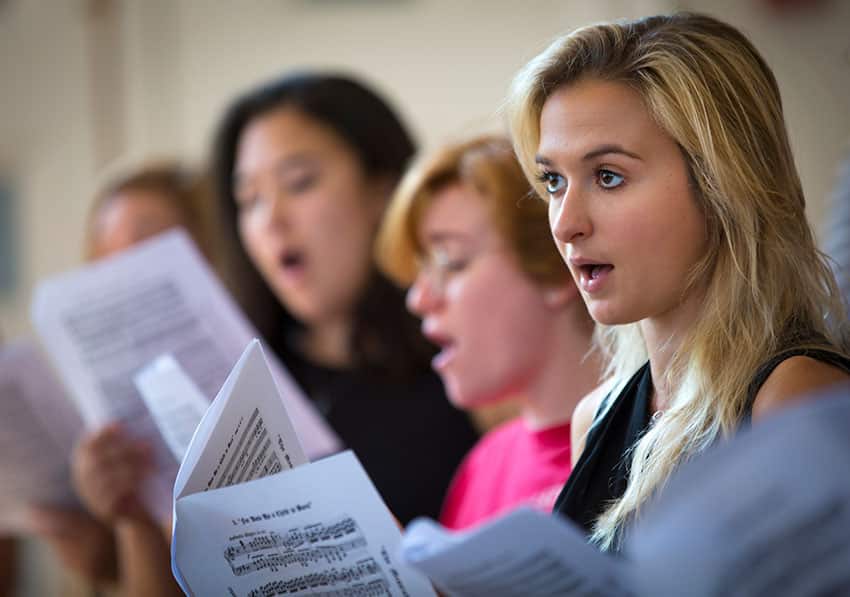
Average Catholics wouldn’t know
The hard truth is that most baptised in the Latin Rite do not attend Mass regularly – if ever. Many more are only dimly aware of “the Blessed Trinity,” still less such distinctions as the ordinary or extraordinary forms of the Roman Rite, the Mass.
Those laity vaguely ‘in the know’ speak simply of the “old” or the “new” Mass. Many Latin Catholic millennials have, as in many other Church matters, reversed the working vocabulary. Some of these young people think of liturgically dancing youth liturgies as distinctly “old-timer” and the use of incense as “radical” and new.
The importance of the bishops
The title (and opening lines) of Pope Francis’ 44th motu proprio makes it clear that the Pope’s emphasis is upon spiritual and liturgical Church unity. This is to be achieved and signalled by a more deliberately governed acceptance of the liturgical reforms “intended” by the Second Vatican Council.
It is also clear that Pope Francis sees this task as resting firmly in the hands, discretion and governance of the Bishops “of the particular churches”:
Guardians of the tradition, the bishops in communion with the Bishop of Rome constitute the visible principle and foundation of the unity of their particular Churches. Under the guidance of the Holy Spirit, through the proclamation of the Gospel and by means of the celebration of the Eucharist, they govern the particular Churches entrusted to them. (TC #1)
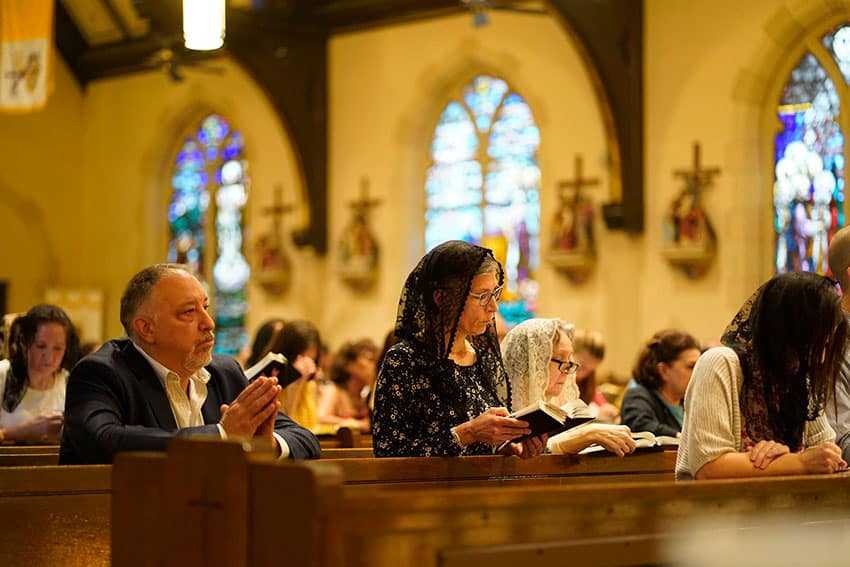
Though they are not mentioned, the Eparchs and Religious Superiors of the other Rites practised in faithful union with the Catholic Church will watch with concern how the local Australian Bishops move in this space.
It is very interesting that over the last seven days, those Australian Bishops who have ventured to make public comment, have done so with different and particular emphasis and attention. There have been concerns for upholding pastoral support, for practical issues and for the Bishop himself to have time to consider the Pope’s words with more time. In a sense, each, so far, has found his own voice on this matter.
The Catholic Weekly has been monitoring the responses to Francis’s directions around Australia and can report the following developments:
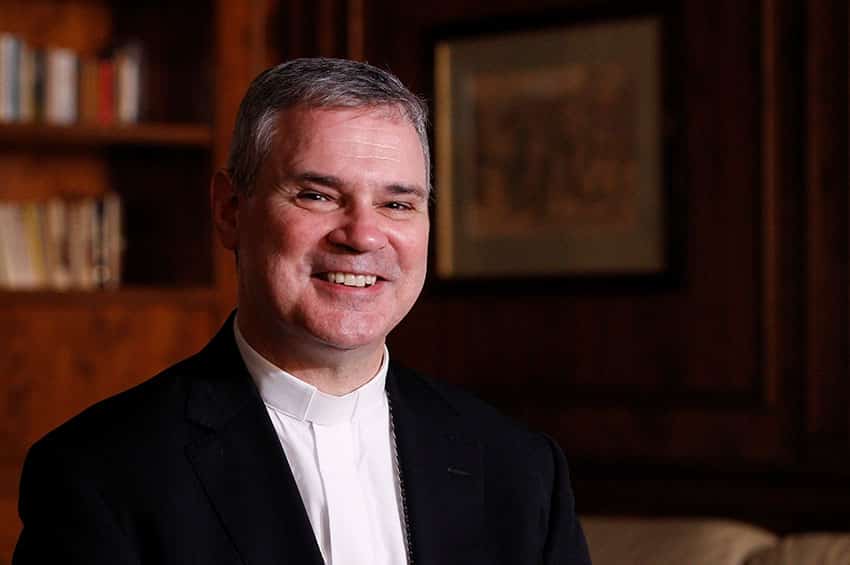
Archdiocese of Melbourne
The first public episcopal response to the motu proprio and letter from Pope Francis was issued in the most populous Archdiocese in Australia – the capital of the (relatively) small South/eastern state of Victoria- Melbourne.
Archbishop Peter A. Comensoli very promptly issued a Pastoral Letter on the 17th July in which he indicated that he intended as far as possible to respond to the text of the document with a prima facie reading and with “open-hearted obedience.”
The archbishop also produced a short Melbourne Facebook video aimed at discussing his letter to a wider audience.
While expressing a need for further prayer and consultation, Archbishop Comensoli has taken the document “as law” and immediately restricted the use of the 1962 Missal in the “parochial settings” of his Archdiocese, while allowing priests the “private celebration (without a congregation).”
Archbishop Comensoli noted the pastoral need of those experiencing “adjustment” and “pain” as a result of the Pope’s intervention, but applauds the way it prompted an “examination of conscience” in himself and throughout the Archdiocese in matters liturgical.
The Letter also provides one exception for the Personal Parish of St John Henry Newman which was specially established under Archbishop Denis Hart to observe and promote the liturgies of the “extraordinary form.”
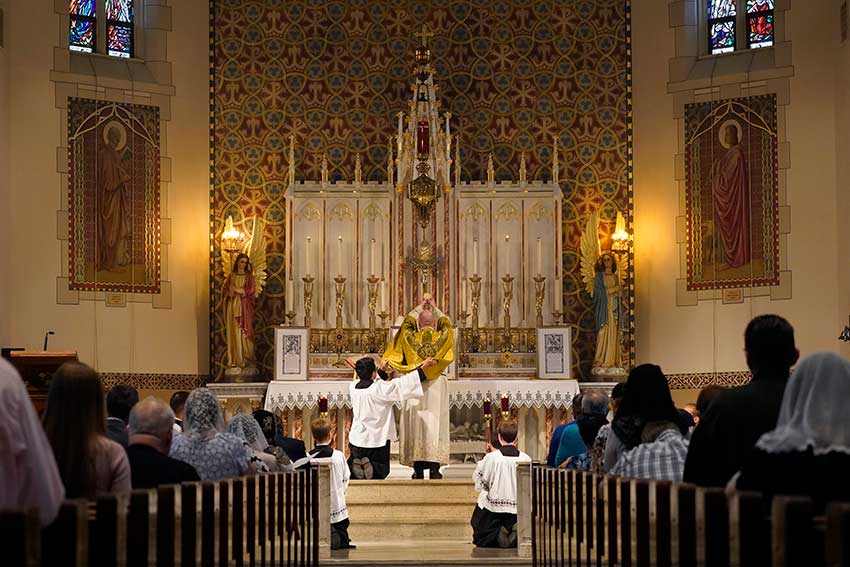
Canberra-Goulburn Diocese
Archbishop Prowse of the Archdiocese of Canberra-Goulburn, which covers both the area of the Federal Capital Territory of Australia and the surrounding rural regions in the State of New South Wales, issued a brief but clear message via the Archdiocesan media and newspaper Catholic Voice.
Archbishop Prowse acknowledged the grass-fire of emotion that had been sparked by the Pope’s document: “The recent Papal document can easily evoke vigorous reactions from Catholics. It is imperative for us all to respond to this important instruction and not simply react.”
He also noted that the presence of some long-standing extraordinary form communities in his care and his intention to work with them in time rather than to impose immediate restrictions:
“As an initial pastoral response, as Archbishop I am very pleased with the presence of the Latin Mass community in the Archdiocese.”
“I look forward to examining the document with them and discussing implications for our Archdiocese.”
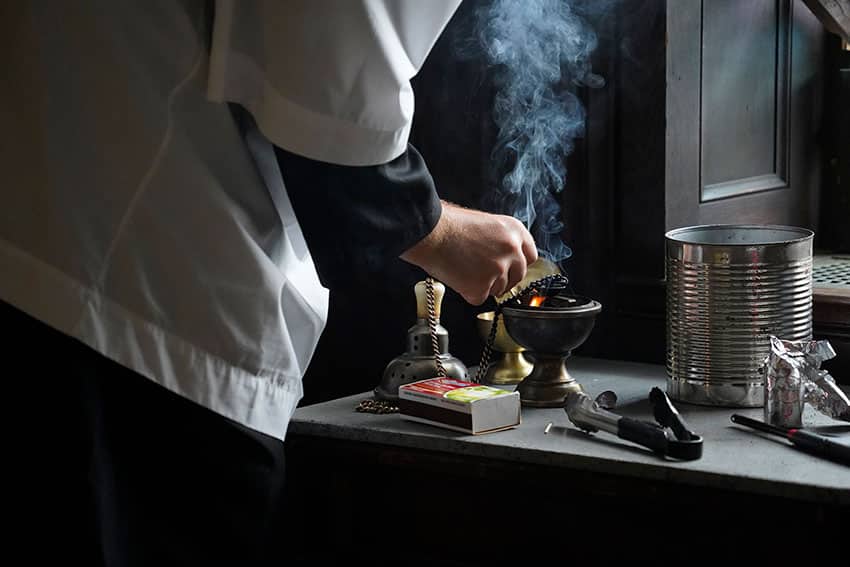
Diocese of Wagga Wagga
In the rural diocese of Wagga Wagga, which adjoins Canberra-Goulburn on the Southern border of New South Wales, Bishop Mark Edwards OMI, who was last year installed as Bishop after a long period of vacancy in the Diocese, has reiterated in the Catholic publication Together, that the motu proprio needs further time, prayer and consideration by him and his people.
He expressed his support for the Pope’s aim to promote the liturgical forms and texts of the 1970 reforms so that they are unequivocably the “ordinary form” of celebration within the Latin Church. He allows priests currently and regularly celebrating the liturgies of the 1962 Missal to continue to do so until he and the Diocese have determined how to balance the spiritual care of all his flock with the directions of the Pope’s document.
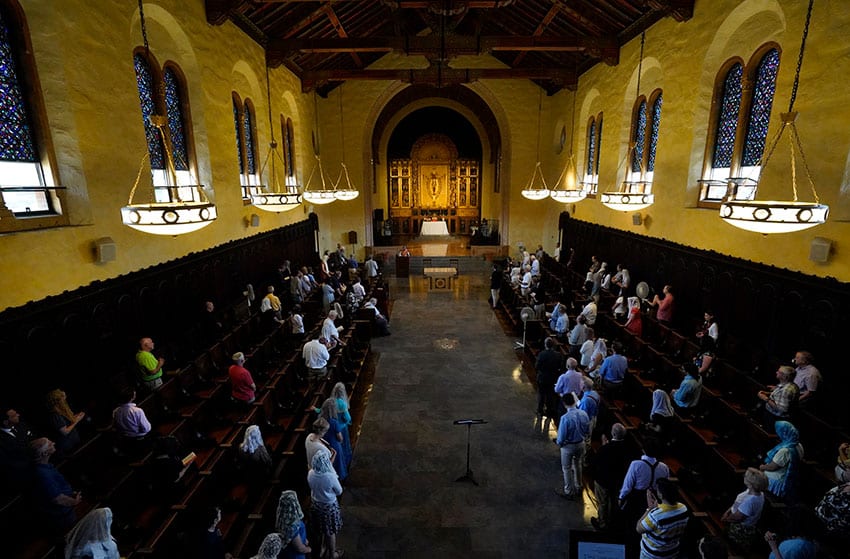
Wilcannia-Forbes Diocese
The Bishop of Wilcannia Forbes, Bishop Columba Macbeth-Green OSPPE (a former monk of the Order of St Paul the First Hermit), issued a Pastoral Letter which touched upon his pressing pastoral and practical concerns for his rural Diocese. It is situated in the far West of New South Wales and churches are far-flung, under-resourced (in priests, people and money) and often share the devastation of prolonged drought amidst all the people in the region.
“The vastness of the diocese means our pastoral reality …. we simply do not have the advantage of separate Chapels or Oratories in which the extraordinary form Mass may be celebrated.”
Here the Bishop mentioned the canonical requirements that all celebrations of the Mass should take place upon a suitably blessed altar and in suitably dignified “sacred” places. He assured his congregations that they should work together to promote the dignity of the Liturgy in all forms.
In the Letter, the Bishop also revealed that he and two other priests support the extraordinary form Mass communities by celebrating in three Mass centres. (In a few other dioceses in Australia, Bishops or Archbishops Emeriti assist in such a way.)
He said, “I wish to inform you that the current arrangements for our Latin Mass communities across the Diocese will remain unchanged.”
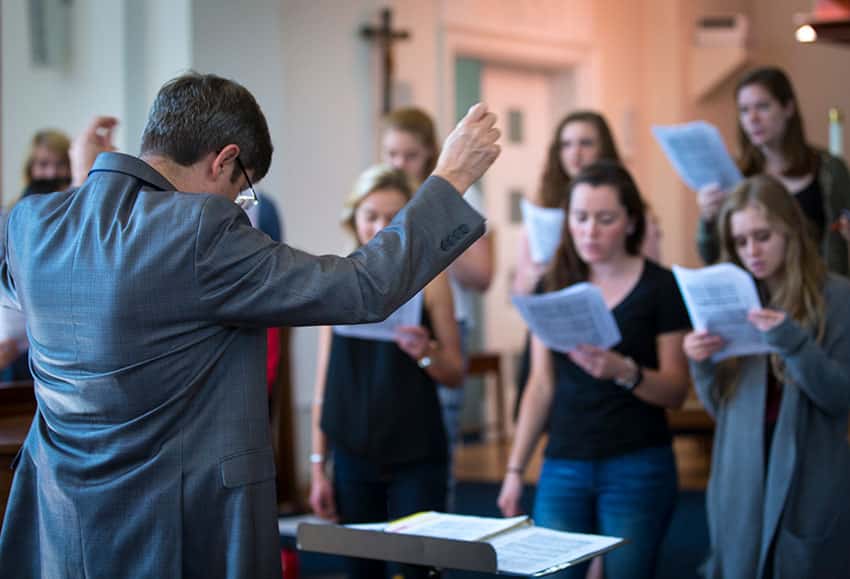
Sandhurst Diocese
In the North-east of the State of Victoria is another largely rural Diocese of Sandhurst – a historically long established area taking in regions built by the wealth and ingenuity of Catholics who had taken part in the 19th century gold rushes. Centred in the historical city of Bendigo, the recently appointed Bishop Shane Mackinley has also issued a pastoral letter during the week. Again the need for time and pastoral care come to the fore. He writes:
“… to avoid sudden disruption to the liturgical life of our Diocese” he has decreed a provisional permission for priests and people involved in “stably” celebrating the extraordinary form of the Latin liturgy to continue to do so. He instructs other uses of the older liturgical form to seek clear permission from him while insisting these liturgies, as instructed by the motu proprio, include readings “proclaimed in English” using a translation of scripture approved by the Australian Bishops.
Archdiocese of Hobart
In a letter to the faithful of the Archdiocese of Hobart, which covers all of Tasmania, and dated 27 July, Archbishop Julian Porteous said that Pope Francis had reminded each bishop that he is the “moderator, promoter and guardian of the whole liturgical life of the particular church entrusted to him”, and that the bishop must regulate all celebrations of the Liturgy in his diocese.”
“After having fully reviewed the contents of the motu proprio and given it careful consideration, I would like to inform the Catholic faithful in Tasmania that for pastoral reasons the existing arrangements for the celebration of the Holy Mass according to the 1962 Missal will remain in place at this time,” Archbishop Porteous said.
“I invite all Catholics to promote the unity of the Church in faith and charity.”
Sydney Archdiocese
The most detailed and overtly exegetical theological response was issued by the Archbishop of Sydney, Anthony Fisher OP (see link below), who evokes the celebration of unity in diversity within the Church. In this he draws on themes from the key document of the Second Vatican Council, The Constitution on the Sacred Liturgy, Sacrosanctum Concilum
Related
